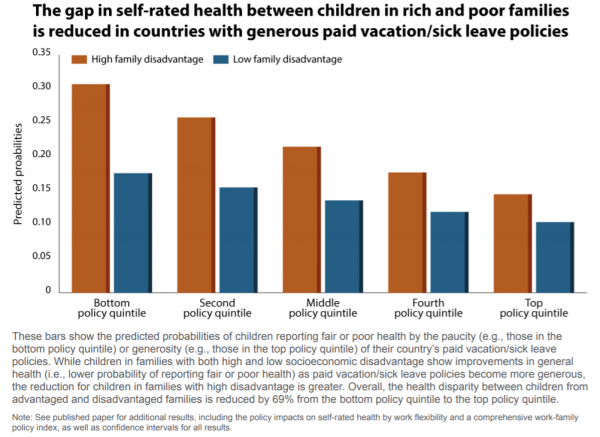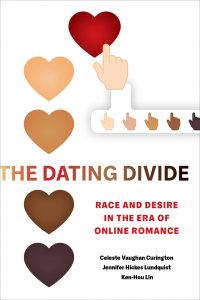
The anniversary of the novel coronavirus pandemic in the US this March has brought many opportunities to reflect on where we were a year ago. For me, I distinctly remember just completing an invigorating keynote speech at the “Advancing the Village: Addressing disparities and connecting the dots in maternal mental health” conference hosted by Philadelphia Maternal and Infant Community Action Network. The talk was on the urgent need to address structural racism in perinatal health, and being in a multi-disciplinary, multi-sector space that centered the voices of Black birthing people and other birthing people of color, for me, signaled a much-needed shift in how to address this issue. Seeing birthing people in their entirety was a consistent thread throughout the day of speeches, panels, and networking opportunities. The connection between this work focusing on Philadelphia, PA and the work that I had been participating in through the Bridging the Chasm (BtC) collaborative at the national level was palpable and even with the uncertainty of the pandemic looming, I was excited about the way forward.
BtC is a national collaborative convened to address the longstanding fragmentation of women’s health care that consistently prevents women and birthing people from maintaining the care needed between pregnancy and postpartum to avoid long-term chronic conditions. In a two-year, consensus building process, the BtC collaborative brought together women, providers, researchers, advocates, and other policymakers to develop a comprehensive agenda to address this fragmentation, which was published with an accompanying commentary on International Women’s Day this past March. The six points include:
- Eliminating institutional and interpersonal racism and bias as a requirement for accreditation of health care institutions
- Providing infrastructure support for community based organizations,
- Extending holistic team-based care to the postpartum year and beyond,
- Extending Medicaid coverage in conjunction with new quality and pay-for-performance metrics to link maternity care to primary care
- Developing systems to preserve maternal narratives and data across providers, and
- Aligning research with women’s lived experience.
The release of the BtC policy agenda comes at an ideal moment. The tragedy of COVID-19’s impact on Black women amplifies the already disproportionate burden of adverse health that they bear, including 3-4x higher rates of maternal mortality and 20-70% higher rates of adverse cardiovascular events during and after pregnancy compared to their white counterparts. Evidence is clear: structural racism distributes disease across inequitable racial hierarchies. The agenda’s multi-pronged approach speaks to dismantling the key structures upholding these inequitable systems for Black women. However, the most important aspect of the BtC report and visioning process is how we explicitly center racism as a thread across action areas. Even beyond the first two strategic areas that explicitly address racism, all other priority areas center the role of racism in the design and discussion of recommendations. Given that structural racism is an emergent property arising from the interconnected relationships between institutions and the policies that guide them, addressing it requires a comprehensive approach that accounts for the implicit and explicit ways in which it exists.
Achieving the agenda laid out by the BtC Collective and dismantling the structural racism at the root of women’s health inequities over the life course is imperative and achievable. Initiatives such as this week’s Black Maternal Health Week (April 11-17, 2021) create a clear vision of how this work should be done. However, moving forward will also require us to bridge one more chasm. That is the chasm between our intentions and our impact. The coronavirus pandemic has been accompanied by racial uprisings in response to continued police brutality against Black Americans. The current moment of reflection has also turned an important lens toward how the intention to dismantle racism, especially for those at the intersection of multiple identities of privilege, does not always align with the impact needed to change the system. As researchers, providers, practitioners, and advocates doing we must do the work to bridge this chasm if we are to truly advance toward a society that allows Black women and women of color to thrive.
Dr. Irene Headen, Ph.D., M.S., is an Assistant Professor of Black Health in the Department of Community Health and Prevention at the Drexel Dornsife School of Public Health. Her research investigates the social and structural determinants of racial/ethnic disparities in adverse pregnancy outcomes, with a specific focus on neighborhood environment. She can be reached at ieh27@drexel.edu








